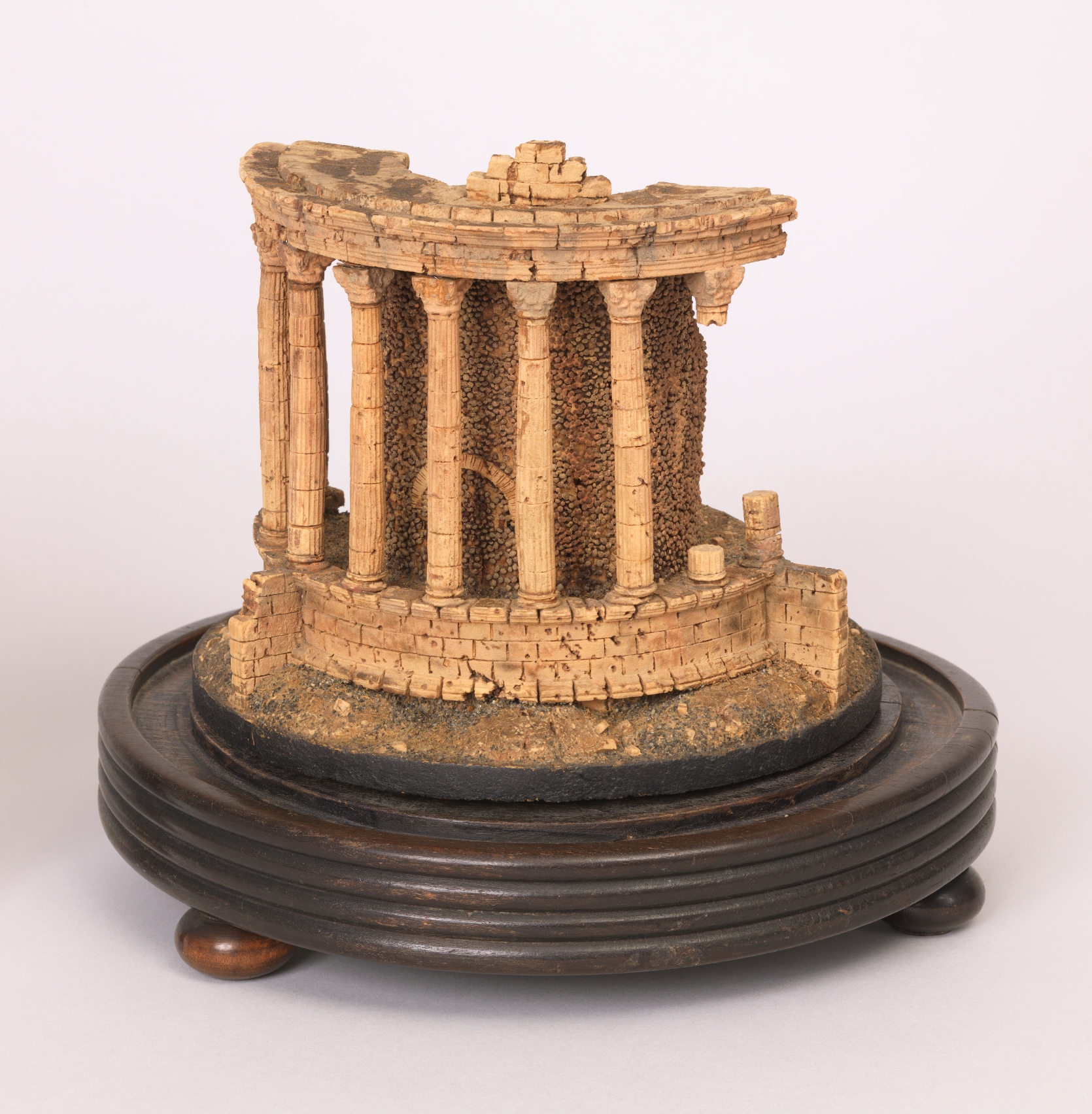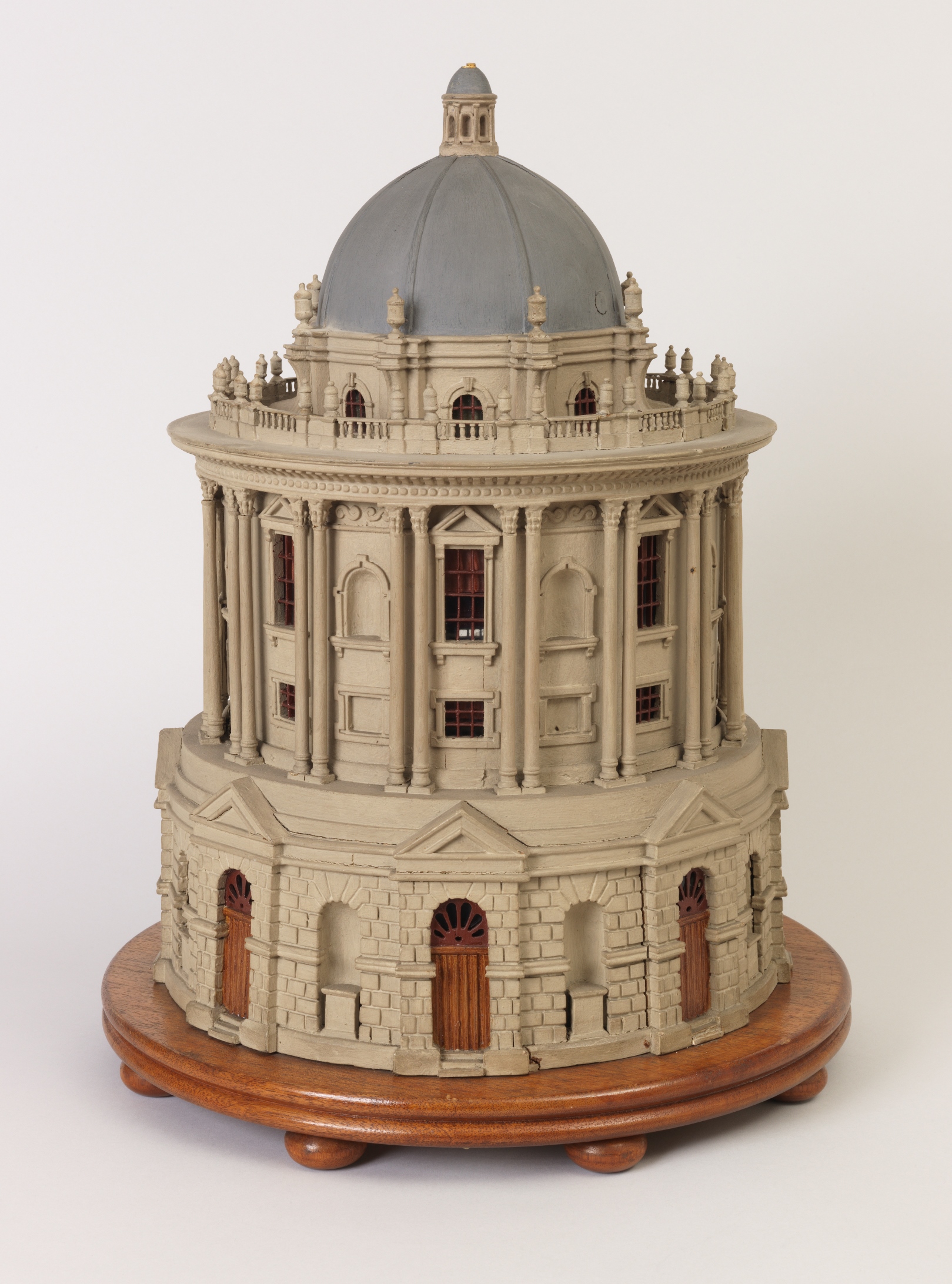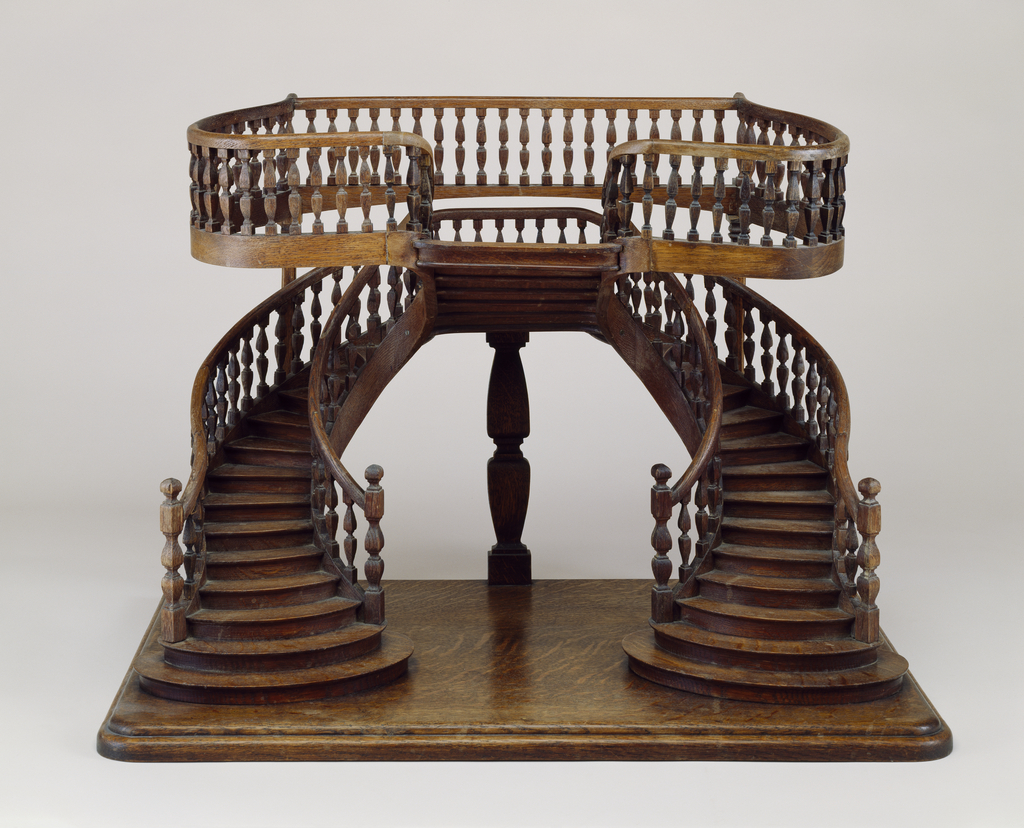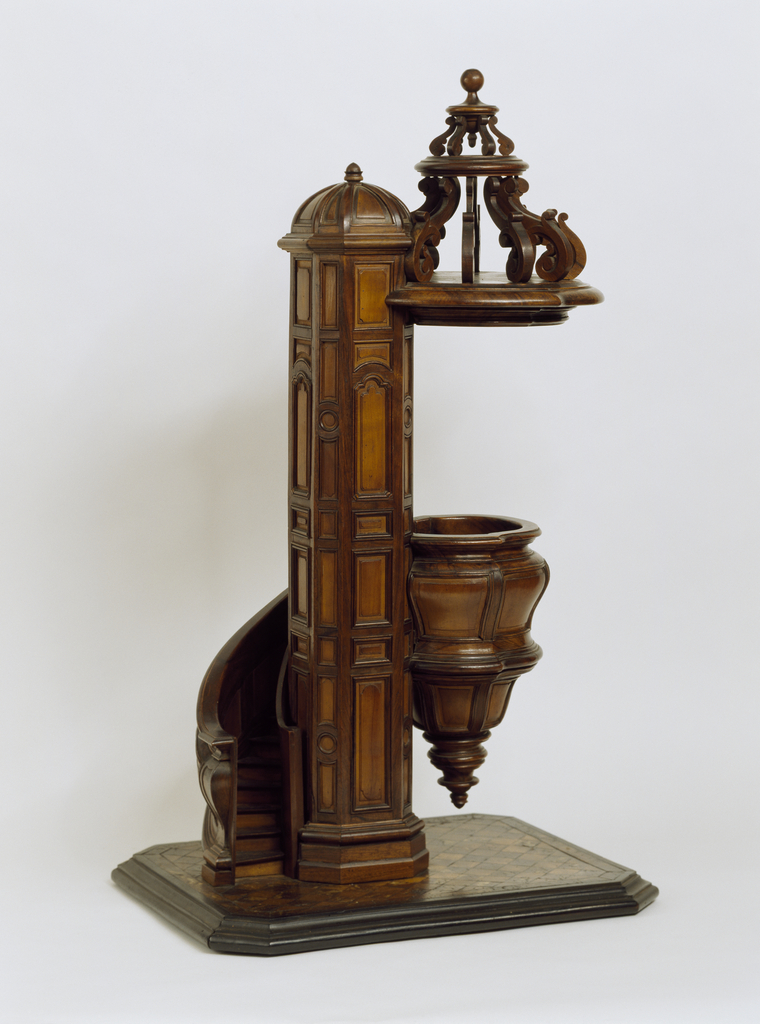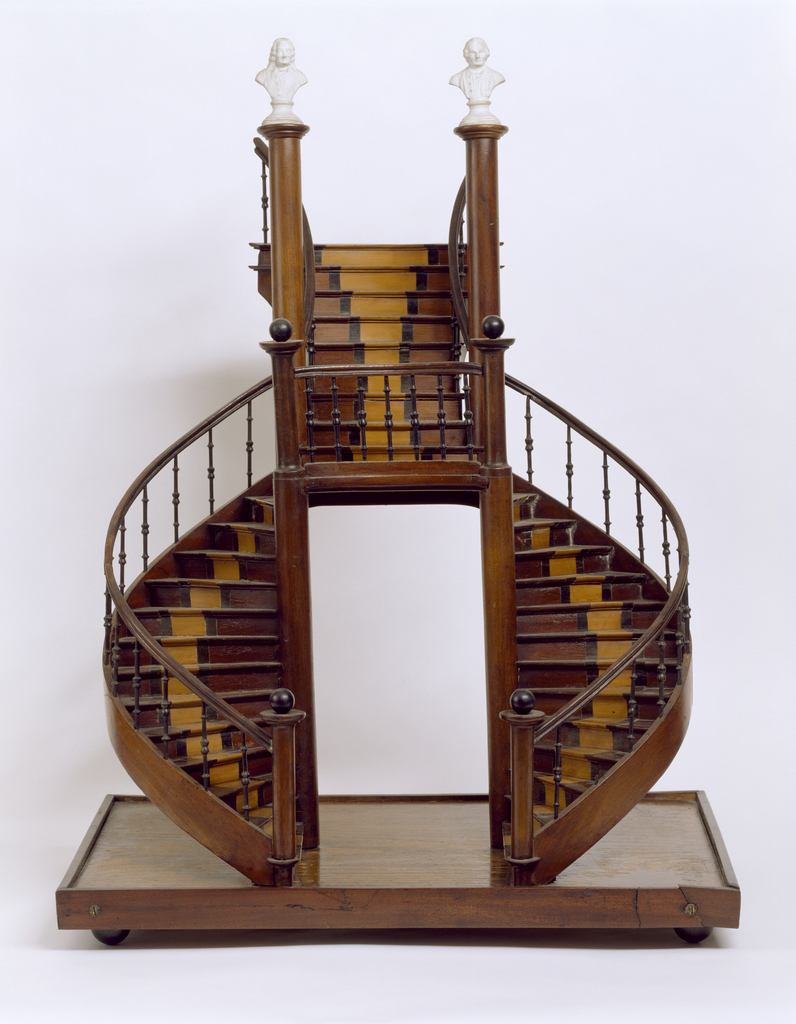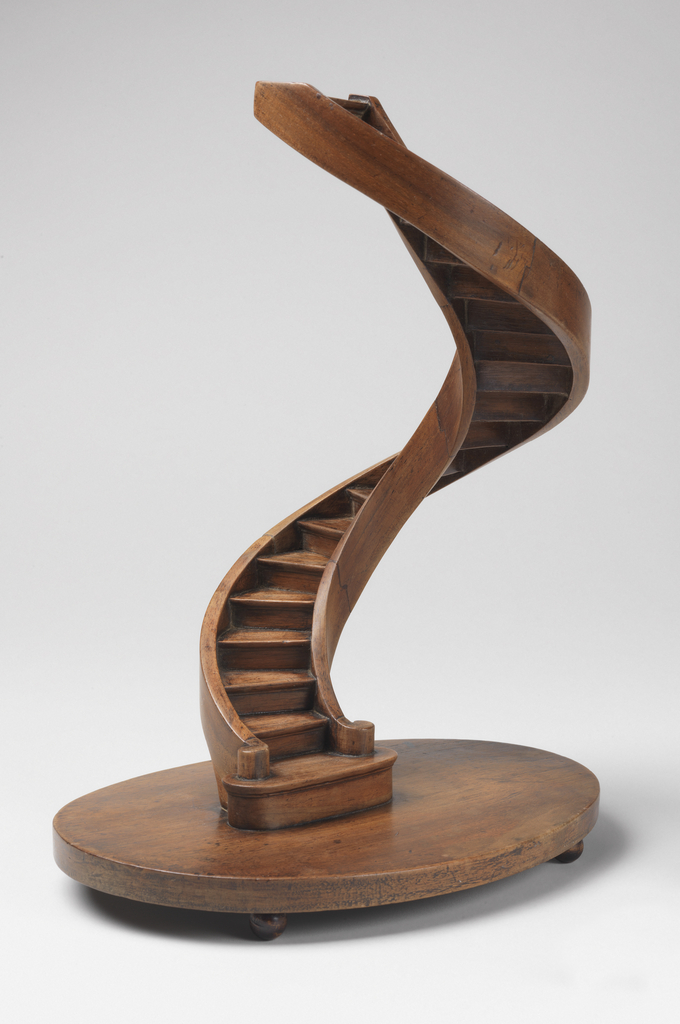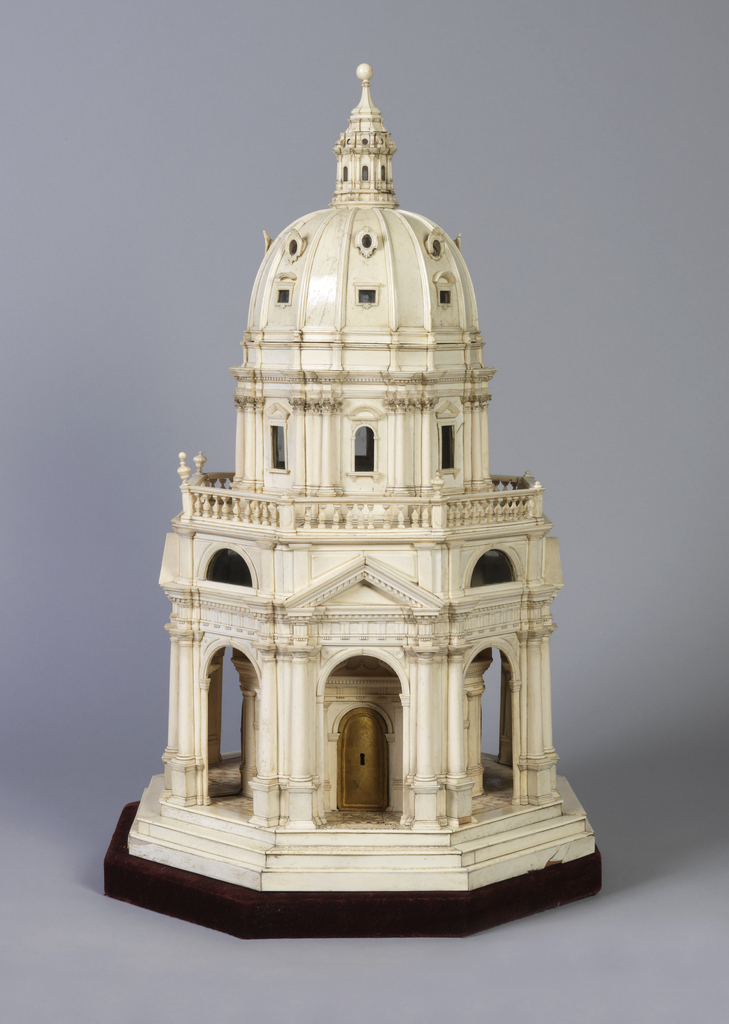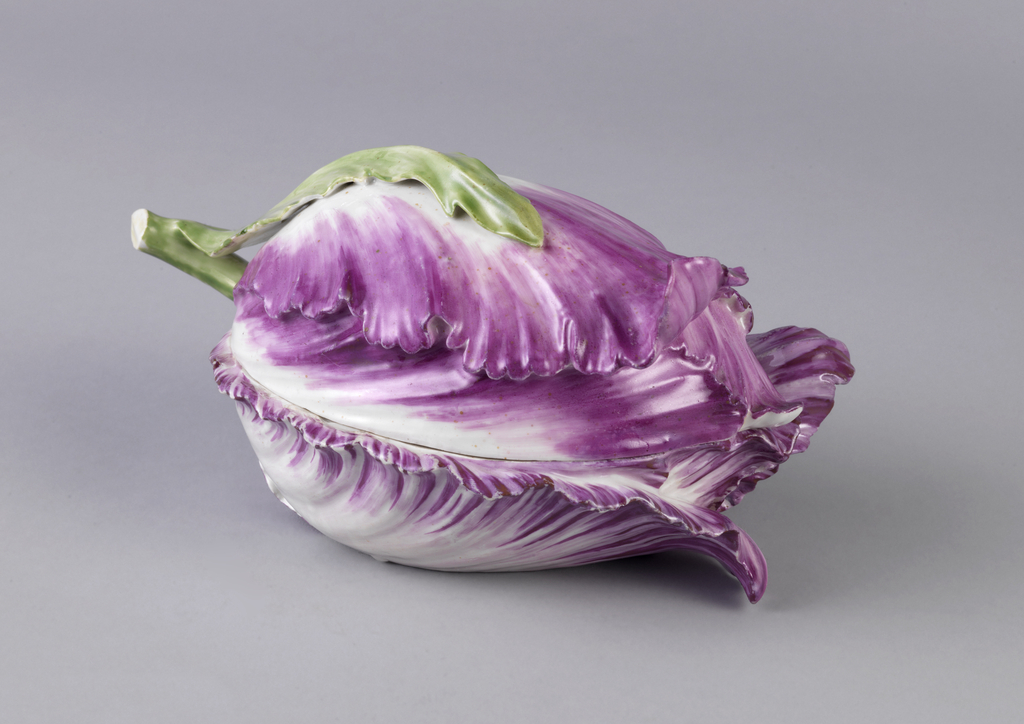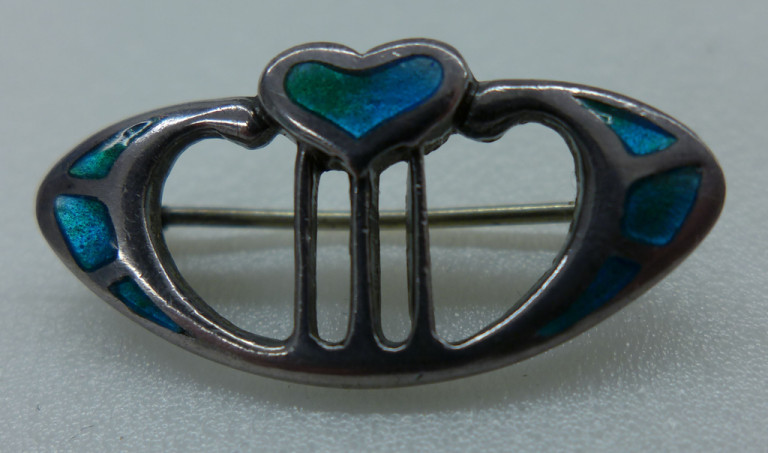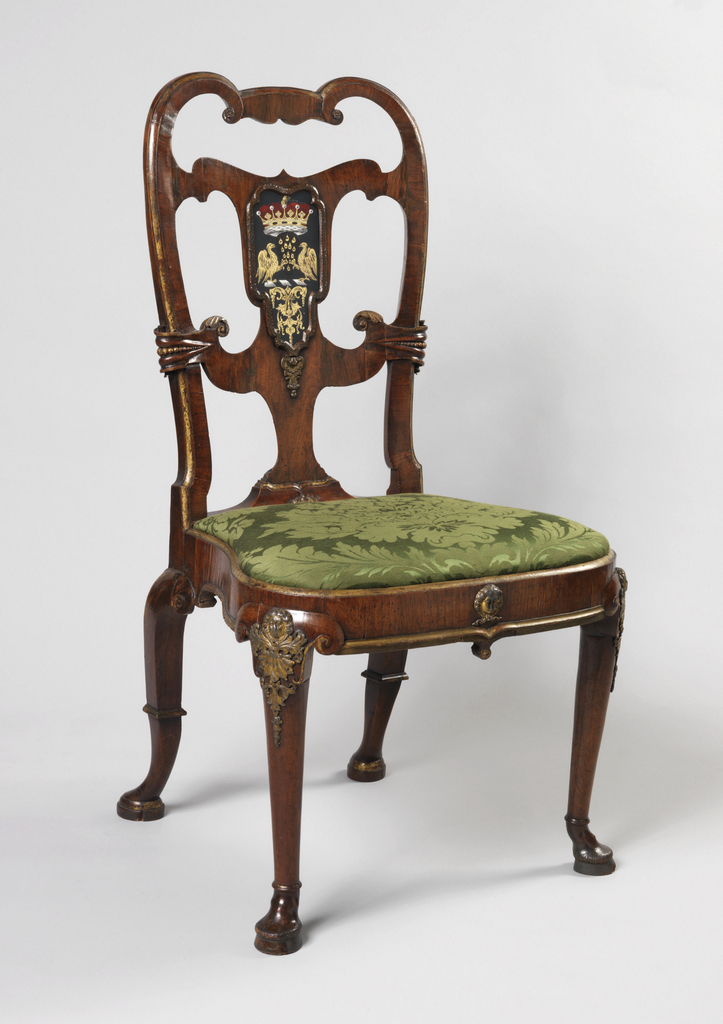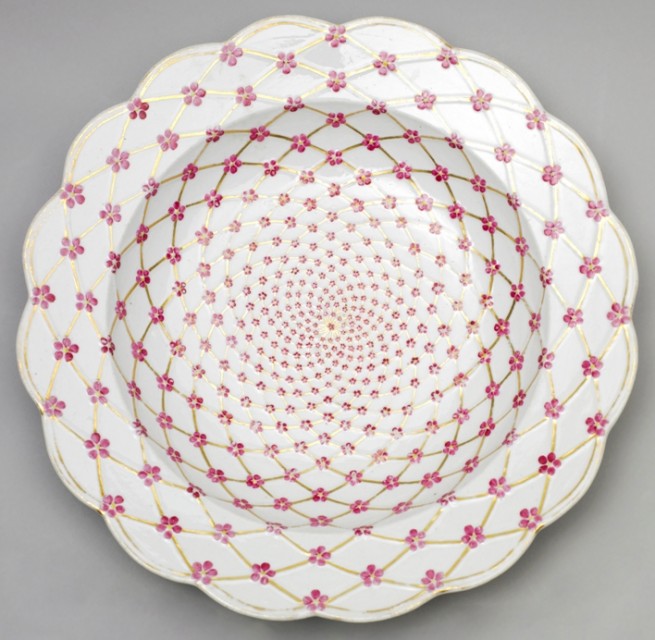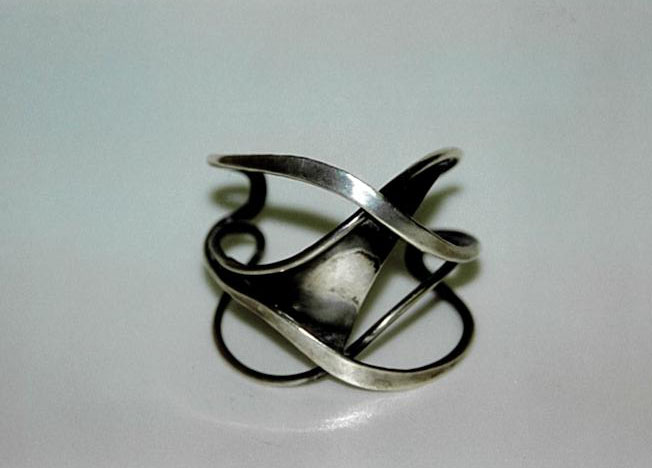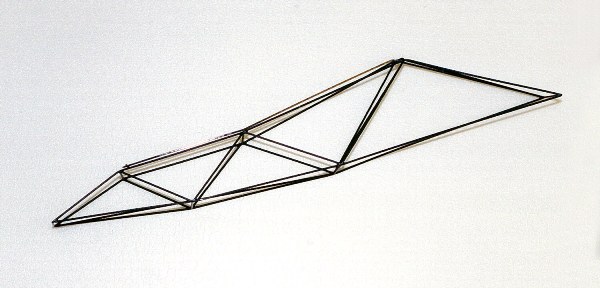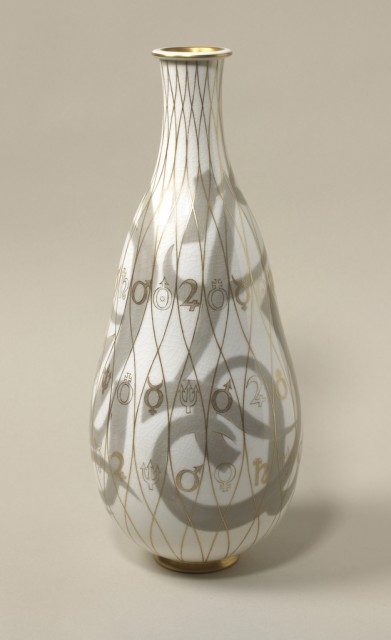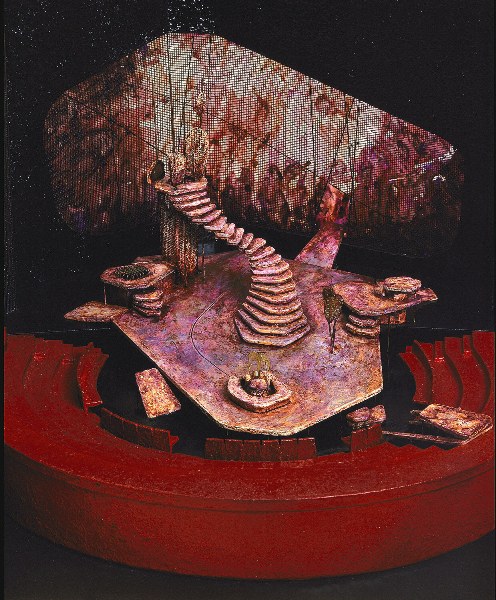The Temple of Vesta in Tivoli is one of the most illustrated and visited of the ruins of antiquity. It featured heavily in paintings and engravings as well as being the subject of model making. One important example, is a cork model a recent addition to the models collection at Cooper Hewitt, made in either...
Anyone who has seen Inspector Morse or Lewis pursue the latest murder in the academic city of Oxford, England, will recognize this beacon of academia rising up amidst the Gothic colleges of Oxford University. Centrally located it is an important architectural landmark, designed in baroque style with Palladian elements to be the university’s Radcliffe Science...
This model, like some of the others in the Cooper Hewitt collection, is from the compagnonnage tradition in France that taught design through drawing and model making. The degree of complexity of the curved and bentwood framing of the staircase itself, combined with the second level that reverses itself rising to a balcony, make this...
There are many types of staircase models in the Thaw collection, much of which was donated in 2007 to Cooper Hewitt, to coincide with an exhibition Made to Scale: Staircase Masterpieces The Eugene and Clare Thaw Gift that I was lucky enough to curate after studying their significance for the acquisition. Joan K. Davidson, whose...
I fell in love with this model the first time I saw it, and every time I see it I still smile. With its sophisticated use of materials, including that of Sèvres busts, and the humor of juxtaposing the two great French philosophers of the eighteenth century, Voltaire and Rousseau, it displays itself as a...
This seemingly simple model is actually one of the most accomplished of the staircase models produced in the compagnonnage tradition in France during the late eighteenth to early twentieth centuries. This meritocratic system of craftsmanship outside the traditional guilds started in the middle ages but reached its zenith after the French revolution when royal patronage...
When I first saw this model, it immediately struck me as a work of stunning craftsmanship and design that showed the appreciation of a maker of one era for the design of another. With the elegant proportions featured by architect Andrea Palladio (1508-80), who was also from the Veneto, as well as other late Renaissance...
This tulip-form small tureen or covered dish must have appeared a wonderful bit of nature, as if fallen from a bouquet, on a dining table. Porcelain started to take the place of sugar sculptures on the most elegant tables of Europe in the eighteenth century. It came at a time when nature was being observed...
In summer, when weddings are frequent, the thought of objects given in affection or love, makes a visit to the jewelry collection seem appropriate. This heart-form brooch is one of a group of jewelry by Charles Horner (English, 1821-1896) given to the Museum in December. Horner (English, 1821-1896) was an actual silversmith, watchmaker and enamellist...
While it is expected that many people have their monograms, names or other personal devices on stationery, towels, and sometimes porcelain, having personalized furniture is going several steps further. There are examples of chairs with coats-of-arms carved into the crest rail, and side chairs from New York of ca 1742 with Robert and Margaret Beekman...
This soup plate is one of my favorite designs of all times. Its wonderful, overlapping, radiating arcs create a design for any era. On this plate the design is moulded and sculpted in relief suggesting an openwork basketweave, with hand-painted highlights in gold set with pink-painted flowerheads where the weave crosses. Perhaps the pink of...
From the archives, an Object of the Day post on the jewelry of Art Smith, one of the designers featured in Jewelry of Ideas.
The works of German metalsmith Georg Dobler are imbued with geometry; both in the construction of the forms and in the visual relationship between the forms and the body. Dobler received his masters in goldsmithing in 1979 in Pforzheim and thereafter founded an atelier with fellow goldsmith Winfried Krüger.[1]. In recent years he has worked...
Hendrick van Hulst, Head of the Department of Decoration at the Manufacture Nationale de Sèvres, once said, “the heavy and the trivial should be avoided; we should produce the light, sensitive, new and varied.” These words denote a clear desire, consistent with the firm's history, to set the Manufacture de Sèvres apart from all the...
“As the curtain rises, on an almost lightless stage, there is a loud singing of wind, accompanied by distant, measured reverberations like pounding surf or distant shellfire.” (1) El Camino Real refers to a series of highways dating to the Spanish colonies in North America, most typically associated with the California Mission Trail. Today much...
